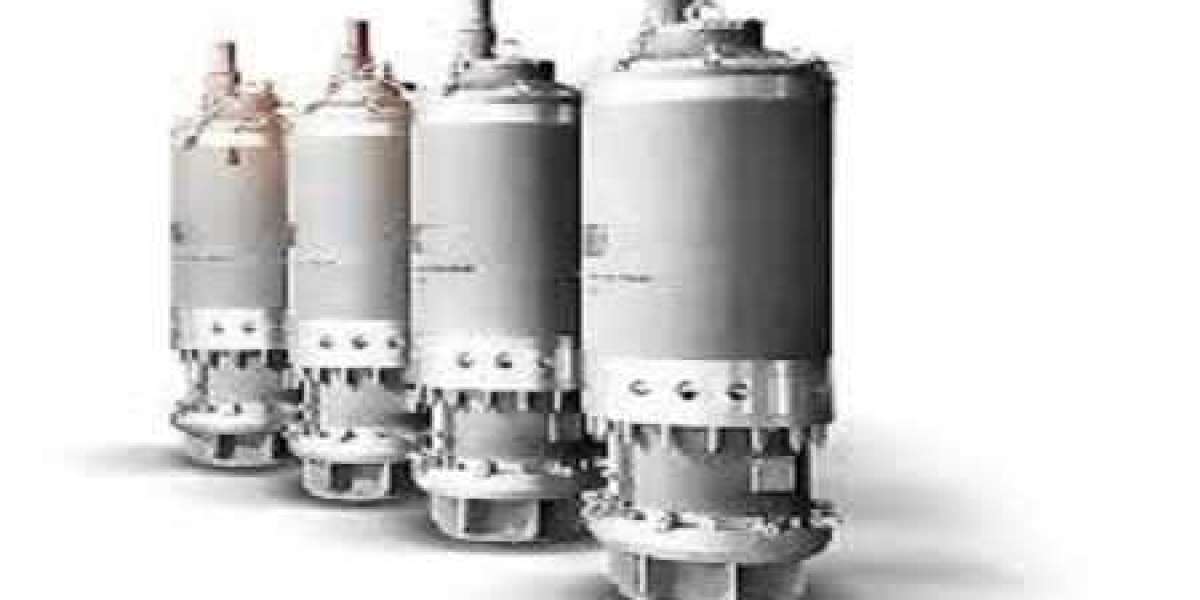Material handling robots are the future of automated manufacturing. They provide an efficient, cost-effective and safe way to move materials around a factory floor. But what exactly is a six axis material handling robot? And how does it work? In this blog post, we’ll take a closer look at how a six axis material handling robot works and why it has become such an important tool in manufacturing environments. We’ll explore the benefits of using robots for material handling, as well as potential drawbacks and limitations to be aware of.
What is a six axis material handling robot?
A six axis material handling robot is a type of industrial robot that is used for various tasks such as moving and handling materials. These robots have six axes of movement, which allows them to move in all directions and perform a variety of tasks. Some common applications for six axis material handling robots include welding, fabricating, assembly, and packaging.
How does it work?
The six-axis material handling robot is a versatile and efficient machine that can be used in a variety of applications. Its six axes of movement allow it to handle material in a variety of ways, including picking up and placing objects, as well as moving them around. In addition, the robot's gripper arm can be customized to suit the specific needs of the application.
Advantages of six axis material handling robot
There are many advantages to using a six axis material handling robot over a traditional two or four axis robot. Here are just a few of the benefits:
1. Increased flexibility – With more axes of movement, a six axis robot can reach objects from any direction and handle them with greater precision. This makes them ideal for tasks such as picking up and placing delicate items.
2. Greater productivity – Six axis robots can work faster than their two or four axis counterparts as they can perform multiple tasks simultaneously. This can lead to increased productivity and efficiency in the workplace.
3. Enhanced safety – As six axis robots have a larger working envelope, they can be used in environments where there is less space for humans to operate safely. This reduces the risk of injuries in the workplace.
4. Reduced costs – Six axis material handling robots are typically more expensive than two or four axis models but they offer significant cost savings in terms of time and labor costs.
Applications of six axis material handling robot
Six axis material handling robots have a wide variety of applications in industry and research. They can be used for tasks such as welding, fabricating and measuring objects. Additionally, they can be used to perform repetitive tasks such as packaging or assembly line work. These robots are also used in agricultural and food processing applications.
Conclusion
In conclusion, six axis material handling robots are a powerful tool for automation in the industrial sector. With their flexibility, speed, and accuracy they can greatly improve production times while also reducing costs. They have become an important asset to many industries due to their ability to perform complex tasks quickly and efficiently. Six axis material handling robots offer a great opportunity for businesses looking to streamline processes and increase productivity.
https://www.borunteglobal.com/how-does-six-axis-material-handling-robot-work.html






